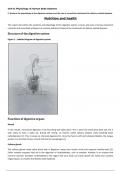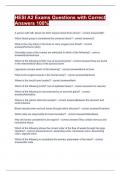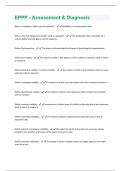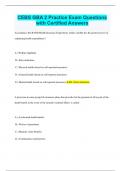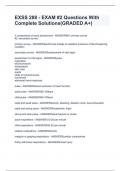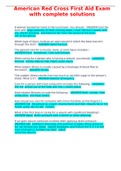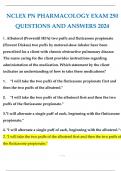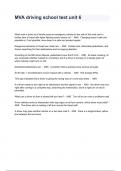Dissertation
BTEC Applied Science Unit 8C - Digestive system (Distinction)
- Cours
- Établissement
Exemplar assignment for Unit 8C, the third and final assignment in BTEC Applied Science Unit 8. This assignment was given a DISTINCTION. If you take anything from this assignment, please put it in your own words otherwise it will count as plagiarism! I hope it helps!
[Montrer plus]
